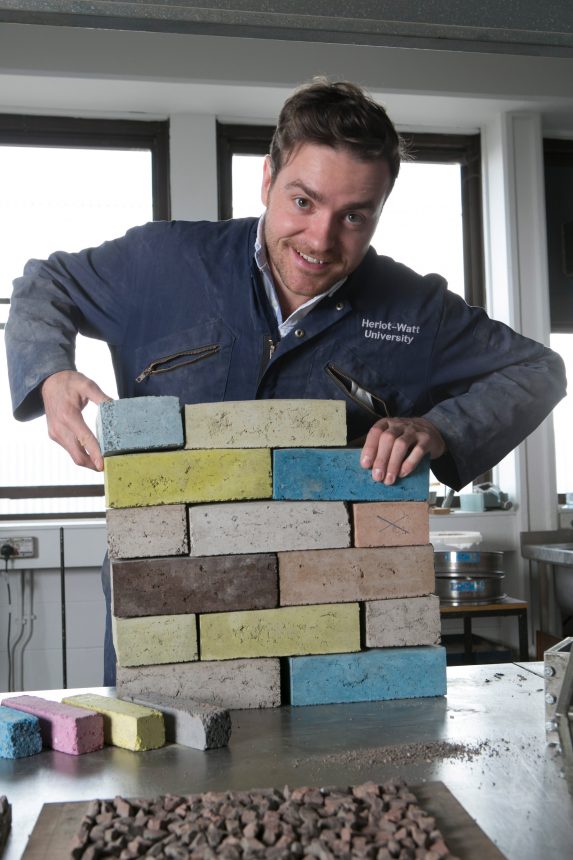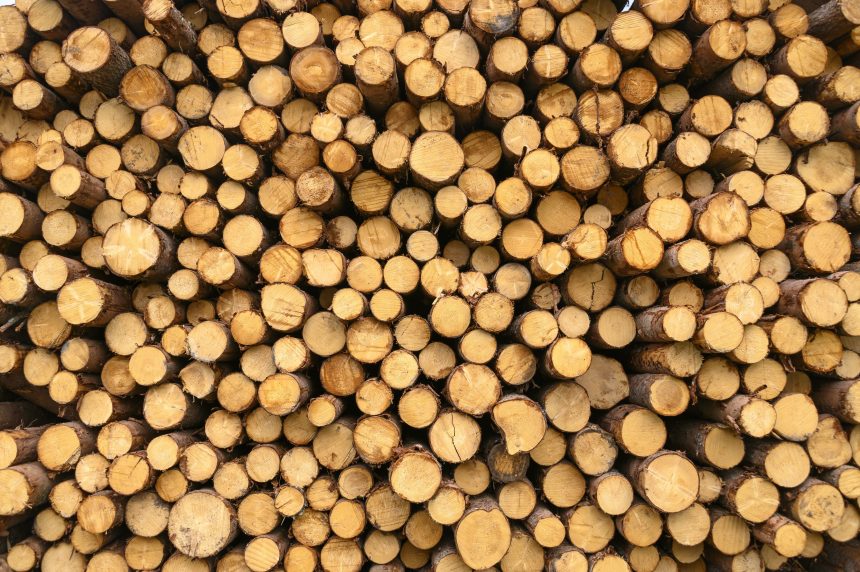Loading...
The nature of construction work means it is very resource and energy-intensive. A great number of materials, plant and machinery are used to assemble builds, and for this reason its easy to see why a focus on sustainable changes are so important in the industry and for the planet. So what can be done to encourage sustainable construction?
Sustainability in construction involves three fundamental pillars:
Economic Sustainability – Increasing profitability by ensuring the most efficient application of resources including energy, labour, materials, and water.
Environmental Sustainability – Protecting the environment from waste, effluent, and emissions. Also, using natural resources responsibly and enhancing the environment where possible.
Social Sustainability – recognising and working with respect for the needs of everyone impacted by all stages of construction, from conception to demolition. This includes all people including the workers, local communities, supply chain and eventual users of the final build.
These three focuses all play a significant role in ensuring that a build is mindful of both people and the planet. The three fundamentally overlap, and an improved sustainable construction industry that works hard to mitigate climate change will see these three core elements work in harmony with each other.
For example, by acting in accordance with economic sustainability, resources will be used efficiently to keep costs low. This in turn demonstrates environmental sustainability by reducing the quantity of a resource used and reducing wastage. This may also tie in with social sustainability, for example, by ensuring resources are better spread and used for more projects that communities can benefit from.
With countries around the world striving for Net-Zero Carbon by 2050, the focus is very much on environmental sustainability and how the construction industry can move closer and closer to an environmentally sustainable ideal.
 Creating bricks can be an energy-intensive process. We have previously taken a look at some of the exciting sustainable alternatives that are being developed around the world. The K-Briq, for instance, repurposes construction waste that would otherwise find itself in landfill. The outcome is a brick that performs to the same standard as the bricks we used to, with a much smaller impact on the planet and better insulation properties too.
You can find our article on K-Briqs here
Creating bricks can be an energy-intensive process. We have previously taken a look at some of the exciting sustainable alternatives that are being developed around the world. The K-Briq, for instance, repurposes construction waste that would otherwise find itself in landfill. The outcome is a brick that performs to the same standard as the bricks we used to, with a much smaller impact on the planet and better insulation properties too.
You can find our article on K-Briqs here

The Building Process
When considering the environmental sustainability of a build, the first thoughts are often of how the completed project will function sustainably in use. However, this view of sustainability misses the long process of construction. Sustainability has to start with the process of creation. There are a lot of considerations to be made to ensure that the construction process of a project matches the sustainability of the finished project in use. Construction uses a lot of materials and equipment. A superior sustainable construction process will ensure that both materials and processes are acquired and used as sustainably as possible.Materials
Construction projects by their very nature use a great number of materials, and each of these materials has its own supply chain. In order to maximise the environmental sustainability of a build, it’s important that materials are sourced responsibly, and the supply chain is sufficiently audited to ensure the utmost responsible environmental practice at every stage.Cement & Concrete
Some essential building materials have a significantly high carbon footprint. Concrete, for example, is a construction essential for most projects. Whilst it has high value as a sustainable building tool due to factors such as its longevity and thermal stability, its production remains to be a huge contributor to greenhouse gas emissions and is responsible for a 10th of the worlds water use. If the cement industry were a country, it would be the third largest emitter of greenhouses gases. In addition to its environmental impacts, it also misses the mark in terms of social sustainability. For example, the quarrying required to produce cement exacerbates respiratory diseases in those working and living nearby. So how can such an essential building tool be made more environmentally (and socially) sustainable? One of the most promising ways concrete is being reinvented is by switching out components for responsibly-sourced alternatives. The most commonly used type of cement in concrete production is Portland cement, accounting for more than 95% of the cement market. This comes with a host of damaging impacts to people and the planet, from the quarrying dust to the large amount of energy required in firing. CEM II is currently the most commonly used low carbon alternative, and it uses fly ash that would otherwise go to landfills in place of clinker created in the production of Portland cement. By repurposing materials that would otherwise go to waste, CEM II eliminates a large portion of the production process of classic cement that has significant carbon output. GGBS is another alternative that reduces environmental impact even further than CEM II by eliminating quarrying from the production process and using significantly less energy too. A by-product of the production of iron, GGBS offers a further 95% reduction in carbon output compared to CEM II. Two other approaches to reducing the carbon output of the cement industry have been thought up by the company Solidia. Their rethinking of the cement production process sees different ratios and temperatures used to reduce emissions and cut down the production time too. Unfortunately, many of these ideas are part of a small movement rather than something becoming a widespread replacement for Portland cement. However, they do demonstrate an exciting potential for the future of this essential building material. Solidia is gaining traction with its rejuvenated cement process. Their target market is huge, and if widely adopted they claim to be capable of eliminating 1.5 gigatons of CO2 as well as saving 3 trillion litres of fresh water, eliminating 100 million tonnes of concrete landfill, halving the emissions of mercury, nitrogen oxide and sulphur oxide, and reducing energy consumption by the equivalent of 67 million tonnes of coal. Impressive numbers.Alternative Brick Materials
 Creating bricks can be an energy-intensive process. We have previously taken a look at some of the exciting sustainable alternatives that are being developed around the world. The K-Briq, for instance, repurposes construction waste that would otherwise find itself in landfill. The outcome is a brick that performs to the same standard as the bricks we used to, with a much smaller impact on the planet and better insulation properties too.
You can find our article on K-Briqs here
Creating bricks can be an energy-intensive process. We have previously taken a look at some of the exciting sustainable alternatives that are being developed around the world. The K-Briq, for instance, repurposes construction waste that would otherwise find itself in landfill. The outcome is a brick that performs to the same standard as the bricks we used to, with a much smaller impact on the planet and better insulation properties too.
You can find our article on K-Briqs here
Timber
Wood is another highly used building material that has a lot of sustainable benefits when produced responsibly. When it comes to wood, sustainable production means that the wood has been harvested in such a way growth carries on steadily and healthily, and in good balance with the amount of wood harvested. Sustainable wood growth and harvest also take care to minimise disruption to local wildlife habitats and local communities. Wood seems like a natural and therefore eco-friendly and sustainable building material, but responsible sourcing is still vital to ensure that wood used in builds is kind to the planet, people and wildlife. Businesses need to follow a number of steps to ensure that their wood is sourced sustainably and responsibly, a key element to sustainable construction.Compliance with national regulations to eliminate illegal logging
There are a number of regulations across the globe serving to eliminate illegal logging. The 2013 EU Timber Regulation, for example, prohibits illegally harvested timber or timber products (including solid wood products, flooring, plywood, and pulp and paper) from being sold in the EU, and also requires those placing timber products on the market to exercise “due diligence.” Compliance with these regulations is a minimum for businesses when sourcing wood and ensuring they do so sustainably.Compliance with certification schemes, ensuring wood comes from responsibly managed forests
Second to ensuring that no wood is sourced illegally, is ensuring that wood sourced is done so from sustainable and ethically managed forests. For wood, the most popular and widely accepted certification scheme is the Forest Stewardship Council (FSC), which “ensures that products come from responsibly managed forests that provide environmental, social and economic benefits.” Compliance with the standards these schemes sets is an essential step in ensuring the acquisition of sustainably sourced timber.Intelligent Growing and Recycling
When it comes to sustainability, reusing existing materials will always trump sourcing new ones. This applies to wood too, and when aiming for the highest levels of environmental sustainability, sourcing ‘second-hand’ wood is a great way to cut out the risk to the planet and wildlife. This can mean repurposing otherwise discarded timber, but can also include the repurposing of the materials to produce other wood-based materials such as MDF and particleboard. Where new wood is being used, a sustainably minded choice would be to opt for fast-growing and abundant species of tree as sources of timber. For example, white ash, oak or maple grow in abundance, and bamboo is renowned for its fast rate of growth.

